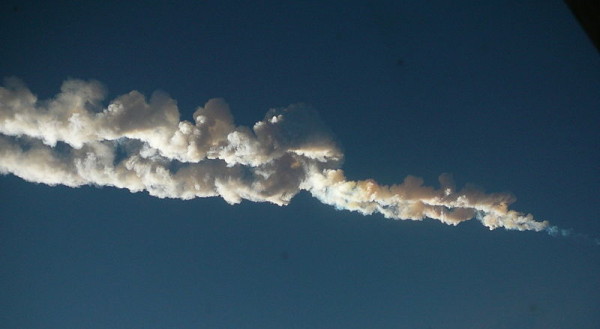We have seen nuclear accidents that kill and contaminate enough times to be sure that there is no such a thing as “safe” nuclear energy. Three Mile Island, Chernobyl, Fukushima… The theoretical risk of a meteorite hitting a nuclear facility came a little too close for comfort on Jan 15th as the latest rock large enough to bring about widespread damage hit the Earth. This time it was Russia, although it has already been established that a few hours difference could have made it hit the UK, more densely populated. The total energy released was equivalent to nearly 500 kilotons of TNT which would make it 20–30 times more powerful than the atomic bombs detonated at Hiroshima and Nagasaki.
Russia’s state-run atomic agency advised that there was no damage to their nuclear facilities in the region and all operations continued as usual. Mayak nuclear plant, one of the largest nuclear facilities of the nuclear energy company Rosatom, is in fact located in the area that was hit by the meteorite.
There are 437 nuclear power plant units and 68 under construction around the world, although they are not the only ones at risk of being hit. Nuclear bombs factories such as Aldermaston in the centre of the UK would certainly create devastating contamination if it found itself in the path of a meteorite.
The response to the completely unexpected arrival of the Russian meteorite was, of course, that the world needs better detection systems, but early warning would serve only to evacuate people, which is great, but it would not change the risk to nuclear facilities. The only way to do away with that risk, and the risk from earthquakes, terrorism and human error, is not to have them.










